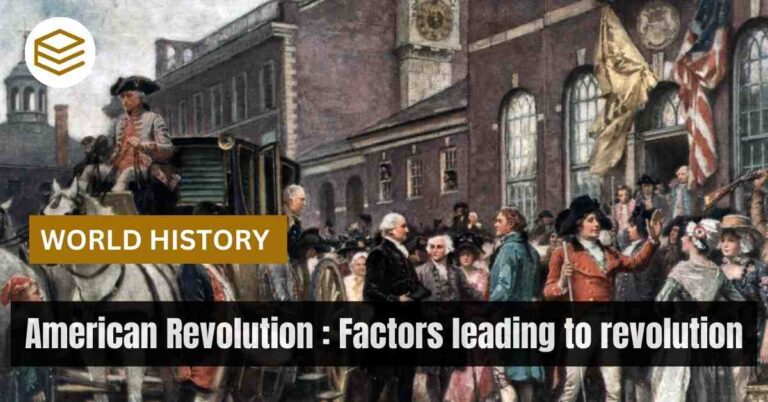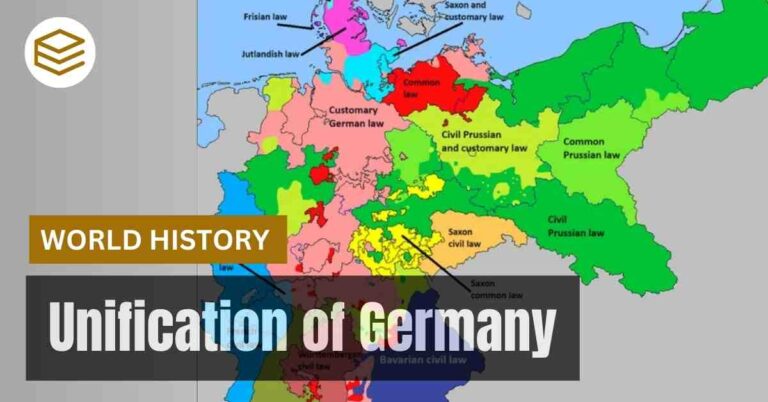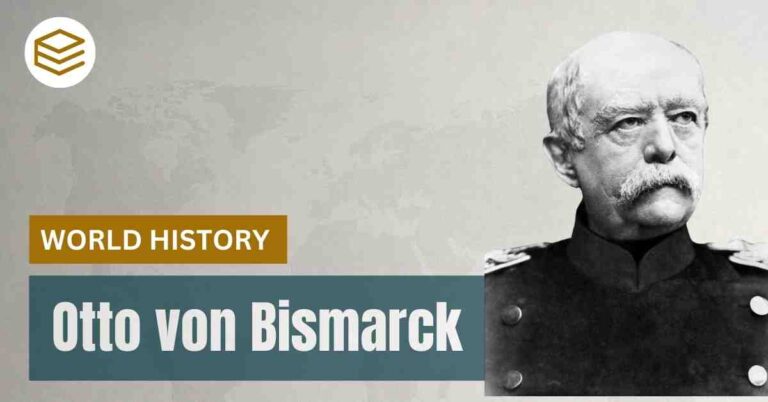December 15, 2025 11:39 am
The Seven Years War (1756–1763) was a pivotal conflict in global history that fundamentally reshaped the geopolitical, economic, and social landscapes of the 18th century. Known as the French and Indian War in its North American theater, the war involved major European powers vying for territorial and economic dominance. While it established Britain as a global hegemon, it also laid the groundwork for colonial dissent, ultimately culminating in the American Revolution. This analysis explores the origins, course, and consequences of the Seven Years’ War, highlighting its profound impact on the colonies and its role as a precursor to revolutionary upheaval.
I. Origins of the Seven Years War
The origins of the Seven Years’ War can be traced to long-standing rivalries between European powers over colonial dominance, economic interests, and territorial disputes.
1. Colonial Rivalries and the Struggle for Territory
- The Ohio River Valley as a Flashpoint
- The Ohio River Valley emerged as a critical zone of contention between Britain and France. Both sought to expand their colonial frontiers, with France fortifying its claim through the construction of Fort Duquesne in present-day Pittsburgh.
- British settlers viewed French activity in the region as a direct challenge to their expansionist ambitions, leading to heightened tensions and skirmishes.
- Native American Alliances
- France relied on alliances with Algonquin, Huron, and other Indigenous tribes, leveraging these relationships to secure its territorial claims and conduct military operations.
- In contrast, Britain cultivated ties with the Iroquois Confederacy, attempting to counter French influence in the region.
2. European Power Struggles
The conflict in North America was mirrored by power struggles in Europe, where alliances and territorial ambitions played a significant role:
- Diplomatic Alignments
- The war pitted Britain and Prussia against France, Austria, and Russia, aligning colonial and European theaters of conflict.
- The British alliance with Prussia aimed to counterbalance French dominance on the European continent.
- Unresolved Tensions from Prior Conflicts
- The war built upon tensions left unresolved by the War of Austrian Succession (1740–1748), with competing powers seeking to assert their influence and secure strategic advantages.
3. The Immediate Spark: Fort Necessity and the Role of George Washington
- In 1754, a young George Washington, leading Virginia militia, engaged French forces at Fort Necessity. The skirmish ended in British defeat and underscored the fragility of British claims in the contested Ohio Valley.
- This localized conflict escalated into a broader war as Britain and France mobilized their forces for a protracted struggle.
II. The North American Theater: The French and Indian War
The North American theater of the Seven Years’ War, known as the French and Indian War, was a crucial battleground that determined the fate of colonial territories.
1. Early French Dominance
- French Strategy and Guerrilla Warfare
- Utilizing their alliances with Native American tribes, French forces effectively employed guerrilla tactics to disrupt British supply lines and settlements.
- Key victories, including the capture of Fort Oswego (1756) and Fort William Henry (1757), solidified French dominance in the early years of the war.
- British Vulnerabilities
- Britain’s initial lack of coordination and unfamiliarity with the terrain contributed to its failures. Settlers in the frontier regions suffered significant losses, fueling resentment against French and Native American forces.
2. The British Resurgence: William Pitt’s Leadership
- Strategic Shifts Under William Pitt
- Appointed as Britain’s Prime Minister in 1757, William Pitt prioritized the North American theater, allocating substantial resources to secure British dominance.
- Pitt’s focus on naval superiority disrupted French supply lines, weakening their capacity to sustain the war.
- Key British Victories
- The Siege of Louisbourg (1758): This victory opened the St. Lawrence River, allowing British forces to penetrate deeper into French territory.
- The Battle of Quebec (1759): Led by General James Wolfe, British forces decisively defeated French troops under Marquis de Montcalm, marking a turning point in the conflict.
- Capture of Montreal (1760): The fall of Montreal effectively ended French resistance in North America, securing British control over Canada.
3. The Role of Native American Alliances
- French-Indigenous Cooperation
- Indigenous tribes allied with France sought to protect their territories and trade networks. However, their position weakened as French resources dwindled.
- Impact of British Victory
- The defeat of France left Native American tribes vulnerable to British expansion, as they lost a critical ally in defending their lands. The postwar period saw increased colonial encroachment on Indigenous territories.
III. Global Dimensions of the Seven Years War
The Seven Years’ War extended beyond North America, with theaters in Europe, the Caribbean, India, and West Africa, underscoring its global scope.
1. The European Theater
- Prussia’s Role Under Frederick the Great
- Frederick the Great of Prussia faced simultaneous invasions by Austria, Russia, and France but managed to preserve his kingdom through strategic brilliance and British financial support.
- The Treaty of Hubertusburg (1763) ended the European conflict, reaffirming Prussia’s status as a major power.
2. The Indian Theater
- Carnatic Wars and British Ascendancy
- In India, the British East India Company clashed with French forces, culminating in decisive victories such as the Battle of Plassey (1757) under Robert Clive.
- These successes established British dominance over the Indian subcontinent and set the stage for colonial rule.
3. The Caribbean and Africa
- Caribbean Conquests
- Britain captured key French islands, including Martinique and Guadeloupe, disrupting French trade networks.
- African Trade Posts
- British forces seized French forts along the West African coast, further consolidating control over the Atlantic trade routes.
IV. The Treaty of Paris (1763)
The Treaty of Paris, signed in 1763, marked the conclusion of the Seven Years’ War, with significant territorial and political consequences.
1. Territorial Adjustments
- Britain’s Gains
- Acquired Canada, Florida, and all French territory east of the Mississippi River, solidifying its dominance in North America.
- France’s Losses
- Retained control of lucrative Caribbean islands but ceded vast colonial holdings in North America.
- Spain’s Role
- Gained Louisiana from France but ceded Florida to Britain, altering the balance of power in the Americas.
2. Economic and Political Implications
- For Britain
- While Britain emerged victorious, the war left it with a staggering debt, prompting increased taxation and stricter enforcement of trade laws in the colonies.
- For the Colonies
- The imposition of taxes and restrictions, such as the Sugar Act (1764) and Stamp Act (1765), fueled colonial resentment and demands for self-governance.
V. Legacy and Impact on the American Revolution
The Seven Years’ War fundamentally altered the relationship between Britain and its American colonies, serving as a catalyst for revolutionary sentiment.
1. Economic Strains
- Taxation Without Representation
- British attempts to offset war debts by taxing the colonies, without granting them parliamentary representation, ignited widespread opposition.
- End of Salutary Neglect
- The postwar enforcement of trade regulations disrupted colonial economies and highlighted the lack of autonomy.
2. Political Awakening
- Colonial Unity
- The shared wartime experience fostered a sense of unity among the colonies, as they cooperated in defense and governance.
- Military Confidence
- The war provided military training for colonial leaders, including George Washington, who later played pivotal roles in the American Revolution.
VI. Conclusion
The Seven Years’ War was a transformative conflict with far-reaching consequences. While it established Britain as a global superpower, it also strained its relationship with the American colonies, creating economic burdens, political tensions, and ideological divides. These challenges, coupled with the colonies’ growing sense of identity and autonomy, laid the foundation for the revolutionary movement that would erupt just a decade later.






[…] the Seven Years’ War, Britain abandoned salutary neglect to enforce stricter trade laws and taxation, hoping to recoup […]
[…] Seven Years’ War (1756–1763) was a global conflict that ended with Britain’s decisive victory over France and […]